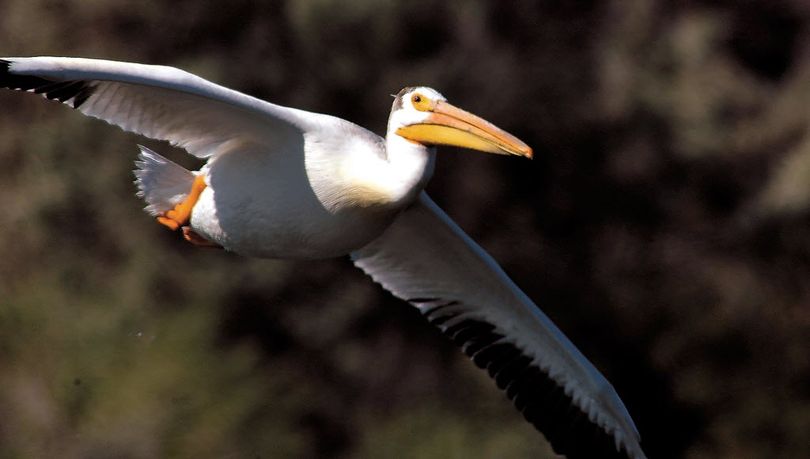Idaho plans to cull pelicans to protect fisheries

FISHING -- Pelican populations that are taking a heavy toll on some fisheries will be targeted for reduction in Idaho, state Fish and Game Department officials said today.
The agency released a 10-year draft plan aimed at reducing the American white pelican population in the state by about half to protect native trout and sport fishing.
Idaho Fish and Game is taking comments on the 46-page document through April 2.
Officials said the state’s white pelican population in the past 25 years grew from a few hundred to a five-year average of more than 5,600 breeding pelicans. The draft plan calls for reducing that to 2,800.
Following is more from the Associated Press:
The increased number of pelicans has “resulted in documented predation impacts on native cutthroat trout and other important recreational fisheries in southern Idaho,” the report said.
Officials say the pelicans mostly feed on abundant nongame fish but also consume Yellowstone cutthroat trout migrating out of Blackfoot Reservoir. They also consume hatchery trout stocked by Fish and Game, in some areas eating more fish than their human counterparts catch.
Joe Howry, assistant manager at the TroutHunter in the vacation area of Island Park in eastern Idaho, said guides have been encountering increasing numbers of the birds at Harriman State Park and elsewhere while stalking trophy trout with clients paying $525 a day.
“I like that idea” to reduce pelican populations, Howry said. “It would help out the fishing more than it would damage it.”
Frank Renn of the local Audubon Society chapter had mixed emotions about Fish and Game’s plan.
“It’s awfully hard because they have to balance everything,” said Renn, noting he’s also an angler. “It’s probably not as bad as they say it is. As a member of the Audubon Society, I would have to say no control measures.”
Bird experts say pelicans have likely been in Idaho since before European settlement, though the creation of vast reservoirs in the early 1900s produced ideal island habitat for the ground-nesting birds.
When Idaho did its previous pelican plan in 2009, the state had two pelican colonies. One is in the Blackfoot Reservoir just west of the Idaho-Wyoming border. The other is at Lake Walcott at the Minidoka National Wildlife Refuge in south-central Idaho and operated by the U.S. Fish and Wildlife Service.
The 2009 plan also called for 2,800 breeding pelicans, with 700 at Blackfoot and 2,100 at the wildlife refuge.
Fish and Game says white pelicans in 2012 established a third colony at Island Park Reservoir in eastern Idaho with 300 breeding birds. More than 600 were counted in 2015.
The current plan calls for 300 at Island Park Reservoir, 700 at Blackfoot Reservoir and 1,800 at the wildlife refuge.
Lethal measures, such as removing eggs from nests and in limited cases killing pelicans, have been used to keep the numbers down. But those actions require approval form the U.S. Fish and Wildlife Service as pelicans are a non-game species protected under the Migratory Bird Treaty Act.
Jeff Dillon, state fisheries manager, said the state hopes to work with Fish and Wildlife to limit the pelican population at the wildlife refuge.
“It’s a very difficult challenge and we look forward to working with the service on this as we go forward,” he said.
Messages left for officials with the wildlife refuge weren’t returned on Friday.
